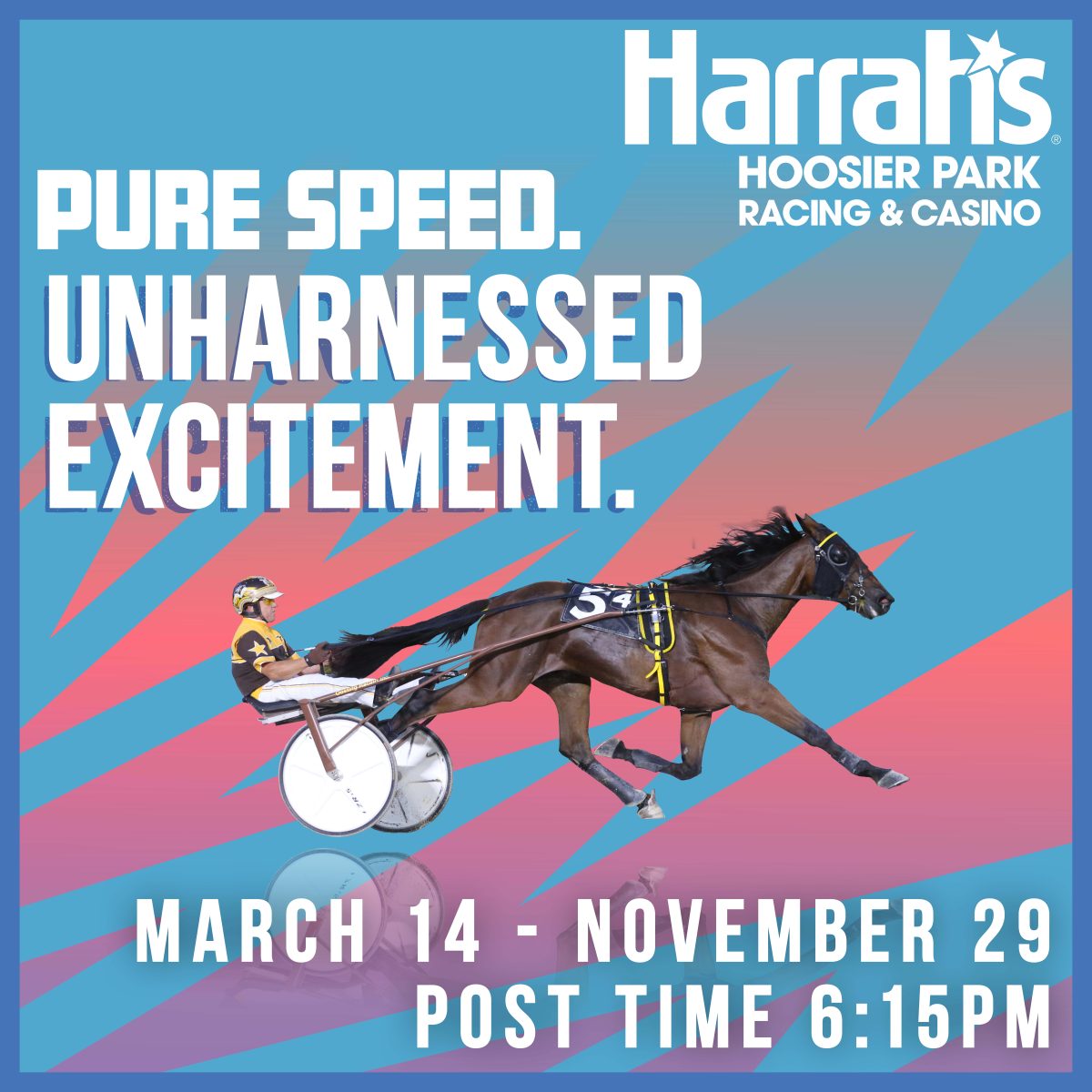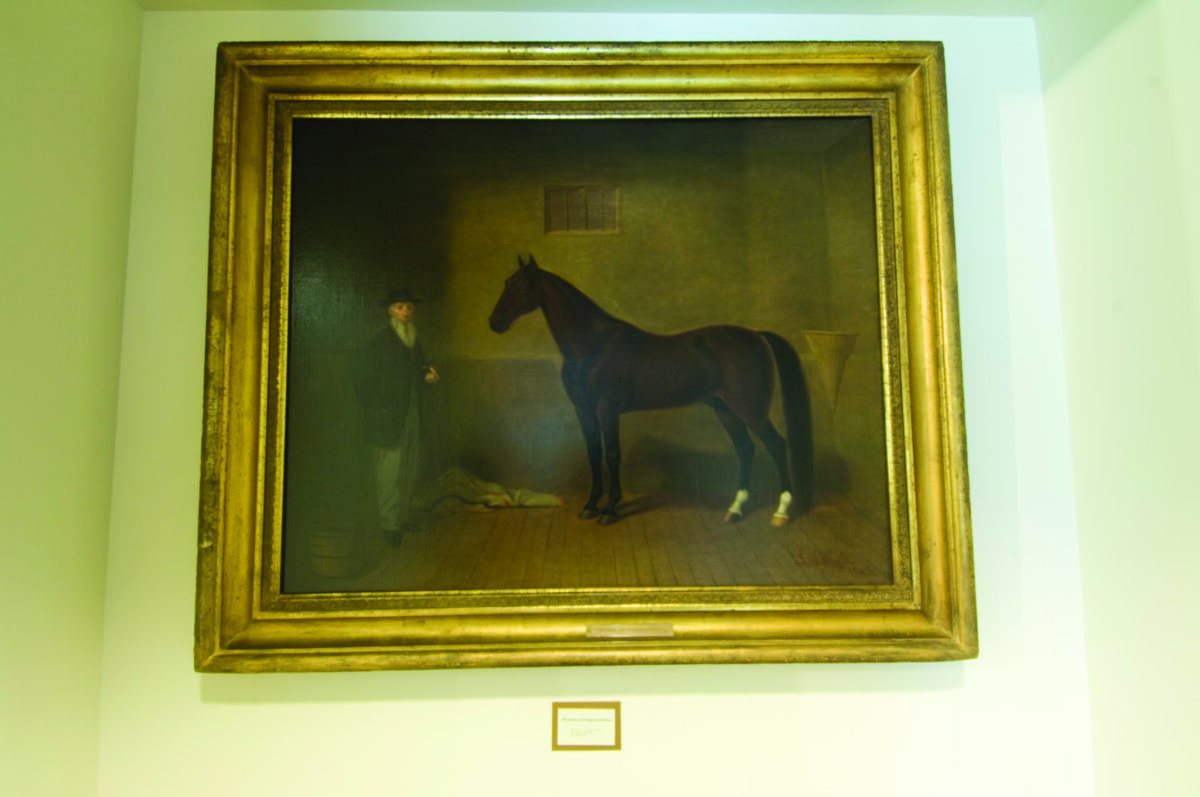The story of Hambletonian 10 — Rysdyk’s Hambletonian
by John Berry
Harness racing’s signature event — the Hambletonian — is just weeks away and revives the heartbeat and historical significance of, who many say, is the sport’s most notable sire in our history.
Hambletonian was foaled in Sugar Loaf, NY, about seven-and-a-half miles south of what has become the known as the cradle of harness racing, Goshen, NY.
This grand sire lived his entire life in Sugar Loaf and is buried in Chester, NY, about seven minutes north of his birthplace.
The vast majority of standardbred horses were descendants of Hambletonian, who saw his first light in a pasture field of Wakley Banker’s farm.
Jonas Seely, a neighboring farmer, had purchased the Charles Kent mare in New York City and bred her to Abdallah, who stood at a hamlet near Chester; the service fee being $12.50.
Hambletonian 10 was the result, and was foaled, on May 18, 1849, being purchased (along with his dam) by William Rysdyk, yet another local farmer, who, it is said, borrowed $125 to pay for the pair.
Rysdyk led the mare and colt from his foaling place to his leased farm and home in Chester.
In 1854, Guy Miller, then 16 years old, arrived in Chester and became the caretaker for Hambletonian 10, better known then as Rysdyk’s Hambletonian, and was the first person to sit on the back of the 5-year-old that was to become the most famous horse in harness racing history.
Guy Miller remained with Rysdyk until the Civil War erupted in April of 1861.
After that outbreak, Herman Showers became Rysdyk’s Hambletonian’s caretaker.
Rysdyk’s Hambletonian raced one single time in a match race in Long Island, in which he emerged victorious.
It’s interesting to note that this was a unique event in which each horse started two heats — but not together — with the winner determined by which one accomplished the fastest heat.
Mr. Rysdyk exhibited his prize stallion at fairs and race meetings and, from being a man described as “poor,” eventually became a man of much wealth and affluence, from stud fees.
Rysdyk once remarked to Guy Miller that the farm he had recently purchased was paid for from one year of Hambletonian’s stud fees.
As a 2-year-old, Hambletonian 10 was bred to four mares for free.
As the days and years went by, those breeding numbers increased when, in 1864, he was bred to 217 mares with the stud fee being $100.
In 1865, he serviced 183 mares for a total price of $38,400 and, the next year, he was bred to 105 mares bringing in stud fees of $37,500.
After the Civil War, Guy Miller returned and Rysdyk bought a farm in Chester and Guy Miller purchased Greycourt Farm and, when he was 20-years-old, he owned one of Hambletonian’s colts, which he purchased as a yearling for $135.
Yes, Guy Miller named the colt Guy Miller and he won a 3-year-old race for the colts at Historic Track in 1859.
Miller sold his colt to a Mr. R. F. Galloway of Suffern, NY, for $500, who traded him for the mare Princess (2:30) which he bred to Hambletonian, the result being Happy Medium, the sire of the famed Nancy Hanks (2:04) and grand-sire of Peter The Great (2:07 1/4).
In 1875, one year before his death, Hambletonian serviced 24 mares and had enriched his owner by $185,715.
This grand sire of the breed passed away in March of 1876 with his resting place being in the village of Chester.
It was marked with a granite monument established by breeders from coast-to-coast.
As the Hambletonian Stake began to emerge from infancy, funds were raised to mark the birthplace of Hambletonian on the Banker Farm in Sugar Loaf.
It was unveiled on Aug. 15, 1935, with the following engraving: Hambletonian 10, Father of the Trotting Horse, Foaled on This Spot, May 5, 1849.
It was dedicated by his admirers on Aug. 15, 1935, the day after the immortal “Grey Ghost,” Greyhound, won the Hambletonian at Good Time Park in Goshen, NY.

















